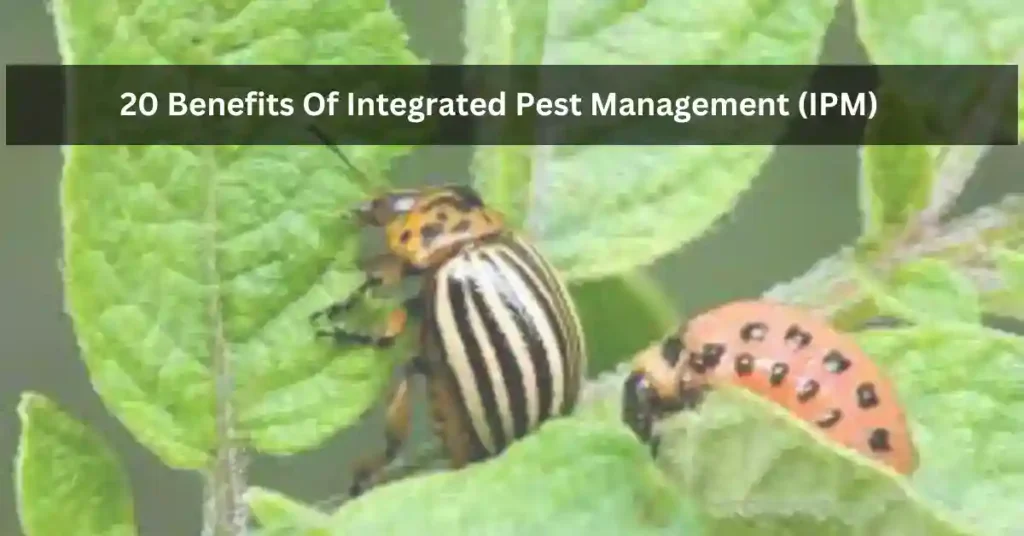Organic farming is no longer just an alternative method of cultivation in India. It has become a necessity in the face of increasing chemical input costs, soil degradation, and consumer demand for safe, residue-free food.
For B.Sc. Agriculture students, understanding organic farming techniques is crucial, not only for academic success but also for practical implementation in real-world farming.
This article provides a detailed overview of organic farming techniques that every agricultural student and professional should know to succeed in India’s growing sustainable agriculture sector.
What is Organic Farming?

Organic farming is a method of crop and livestock production that avoids or largely excludes the use of synthetic fertilizers, pesticides, growth regulators, and livestock feed additives. Instead, it relies on ecological processes, biodiversity, and natural cycles adapted to local conditions.
Key Principles of Organic Farming
- Health – Maintaining soil, plant, animal, and human health as one.
- Ecology – Working with natural ecosystems rather than against them.
- Fairness – Building relationships that ensure fairness to farmers, workers, and consumers.
- Care – Managing farming systems with precaution and responsibility.
Importance of Organic Farming in India
- India is home to the highest number of organic farmers in the world.
- Government initiatives like Paramparagat Krishi Vikas Yojana (PKVY) and National Programme for Organic Production (NPOP) are promoting organic cultivation.
- Organic farming reduces dependency on chemical imports and promotes Atmanirbhar Bharat (self-reliant India).
- Growing demand for organic products in domestic and export markets creates better career opportunities for agri-professionals.
In cased if you missed it: Initiative taken by Government of India for Promotion of Organic Agriculture
Essential Organic Farming Techniques
1. Crop Rotation
- Growing different crops in sequential seasons.
- Helps in maintaining soil fertility and reducing pest and disease incidence.
- Example: Rotating legumes with cereals to naturally fix nitrogen in soil.
2. Green Manuring
- Incorporating green plants into the soil to improve fertility.
- Common plants used: Sesbania, Sunhemp, Cowpea.
- Adds organic matter and improves soil structure.
3. Vermicomposting
- Using earthworms (Eisenia foetida, Eudrilus eugeniae) to convert organic waste into nutrient-rich compost.
- Improves soil aeration and water retention capacity.
- Highly effective for small and medium farmers.
4. Biofertilizers
- Microorganisms that improve nutrient availability to plants.
- Examples: Rhizobium (nitrogen fixation), Azotobacter, Azospirillum, PSB (Phosphate Solubilizing Bacteria).
- Reduces dependence on chemical fertilizers.
5. Integrated Pest Management (IPM)

- Use of biological control agents like Trichoderma, Beauveria bassiana, Neem-based pesticides.
- Use of pheromone traps, sticky traps, and crop diversity to manage pests.
- Reduces crop losses without harming beneficial insects.
Read Benefits of IPM : 20 Benefits of Integrated Pest Management (IPM)
6. Mulching
- Covering soil with straw, dry leaves, or plastic mulch.
- Conserves soil moisture, prevents weeds, and improves soil temperature regulation.
7. Organic Seed Treatment
- Using cow urine, Trichoderma, neem extract, or hot water treatment for seeds.
- Ensures healthy germination and disease resistance.
8. Agroforestry & Mixed Cropping
- Combining trees, shrubs, and crops in the same field.
- Improves biodiversity and reduces risk of crop failure.
In case if you missed it: Integrated Nutrient Management(INM): Importance, Components
Benefits of Organic Farming for Students and Professionals
- Academic Advantage – Many competitive exams like ICAR JRF/SRF, NET, and ARS now include questions on organic farming.
- Career Opportunities – Jobs in NGOs, agri-input companies, research institutes, and government projects.
- Entrepreneurship Potential – Start organic farms, organic fertilizer units, or certification consultancy.
- Sustainability – Contributes to long-term food security and climate resilience.
Challenges in Organic Farming

- Initial yield may be lower than conventional farming.
- Lack of awareness and availability of organic inputs.
- Certification process is time-consuming and costly.
- Market linkages are still under development in many parts of India.
In cased if you missed it: Major Problems Of Organic Farming In India 2025
Conclusion
Organic farming is more than just a subject in the B.Sc. Agriculture curriculum—it is a future-ready skill. With growing demand for safe food, sustainable farming, and eco-friendly practices, organic farming provides students with an excellent opportunity to learn, innovate, and lead in the Indian agriculture sector.
For students, mastering these techniques is not only important for academic growth but also essential for building careers as researchers, extension workers, agripreneurs, and policymakers.
Are you a B.Sc. Ag. student or professional looking to explore organic farming in detail?
Stay connected with our blog for in-depth guides, career tips, and practical farming knowledge.
FAQs on Organic Farming
Is organic farming profitable in India?
Yes, it can be profitable due to premium prices, reduced input costs, and growing consumer demand. However, profitability depends on proper management and market access.
How many years does it take to convert land into organic?
It usually takes 2–3 years for land to be certified organic (called the conversion period).
Can small farmers adopt organic farming easily?
Yes, with low-cost techniques like green manuring, vermicomposting, and biofertilizers, small farmers can gradually shift to organic farming.
What is the difference between natural farming and organic farming?
Organic farming allows the use of natural inputs like biofertilizers and biopesticides.
Natural farming (like Zero Budget Natural Farming) completely avoids any external inputs.

